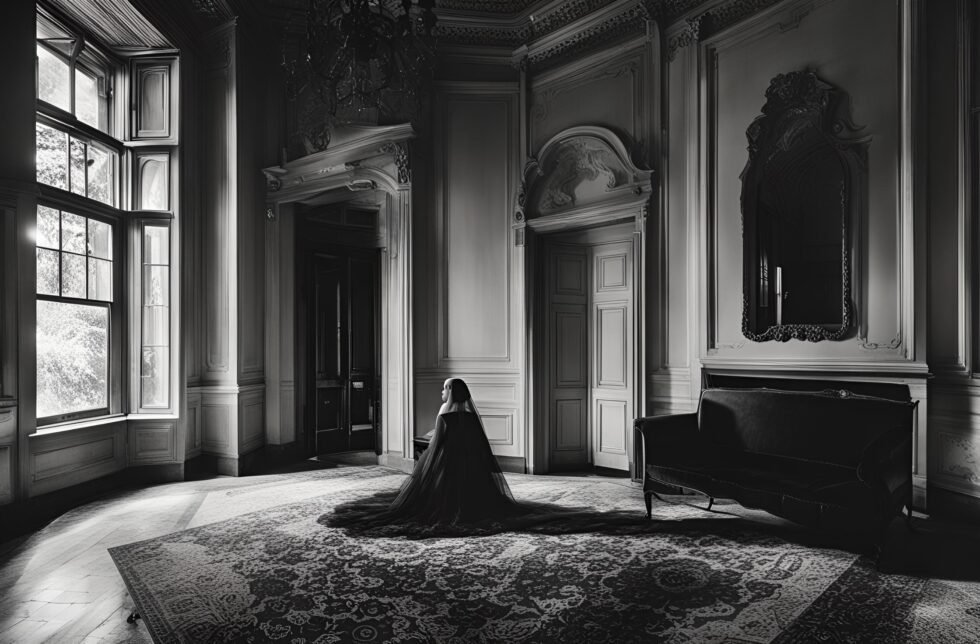
In 2028, a seismic shift in our understanding of existence took place. A dedicated team of physicists, spiritualists, and paranormal researchers, led by the enigmatic Dr. Eliza Han, had been diligently working at a secret laboratory nestled in the Scottish Highlands. Their mission: to forge a connection between the material world and the ethereal realm. The team’s groundbreaking experiment, which involved a combination of quantum computers and ancient spiritual artifacts, succeeded in proving the existence of ghosts, thus transcending the lore of tales into the realm of reality.
This revelation was met with a mixture of amazement and trepidation. The team’s ground-breaking findings, published in a special issue of “Nature,” induced global shockwaves. Governments around the world grappled with the implications, and religious leaders, from the Vatican to the Dalai Lama, held urgent discussions. For these religious bodies, the discovery served as validation of their views on the afterlife. Conversely, atheists and agnostics found themselves at an unprecedented philosophical impasse. People began to question fundamental concepts, such as life, death, morality, and the very nature of reality.

Subsequent societal impacts were profound. Widespread fear led to the creation of “Spectral Intruder Detection Systems” by security firms, and a black market for ghost repellents and talismans flourished. Media discussions were dominated by philosophical debates, pushing global discourse into previously uncharted territories. Simultaneously, studies of ancient texts and spiritual practices saw a resurgence, and even paranormal TV shows gained mainstream traction, transforming their hosts into global celebrities.
From an economic perspective, industries related to the proven phenomenon experienced a surge. The funeral industry flourished as people sought rituals promising peaceful transitions for departed loved ones. The race to innovate technology that could interact with the ethereal realm led to inventions like the “Ethereal Communicator,” a device that claimed to allow communication with ghosts. Major tech companies, such as Apple and Google, saw immense potential and invested heavily in this new frontier.
Political ramifications were complex. The United Nations established the Ethereal Affairs Council to regulate and understand the impact of ghosts on international law and sovereignty. Legal scholars found themselves grappling with previously unfathomable questions, such as whether a ghost could vote or be held accountable for crimes. Laws were hastily drafted to address these unique situations, often falling short in properly addressing new issues. In courtrooms, ghosts began appearing, not as shadowy specters, but as credible witnesses recounting events only they had witnessed.

However, this upheaval wasn’t entirely negative. A notable decrease in crime rates was observed. Awareness of possible posthumous observation led to heightened moral vigilance. Tyrannical regimes faced unanticipated obstacles as the spirits of their victims communicated injustices to the living, instigating movements for justice and accountability. Cold cases were reopened, offering closure to grieving families.
Human culture underwent a renaissance. Literature, art, and music flourished, driven by this monumental paradigm shift. There was a resurgence in the popularity of Gothic novels and architecture, while “GhostTok” emerged as a trendy social media platform where users shared their spectral encounters.
By 2038, ten years after the initial discovery, the coexistence of the spectral and material worlds had somewhat stabilized. Schools began including “Ethereal Studies” in their curricula, and hospitals employed mediums alongside doctors to provide comprehensive care for terminally ill patients. Universities also introduced degrees in Ethereal Anthropology and Paranormal Engineering.
In this transformed world, the living and departed coexisted, not always harmoniously, yet maintaining a dynamic balance. This coexistence brought its own set of challenges, but also fostered unique opportunities for understanding the human experience.




